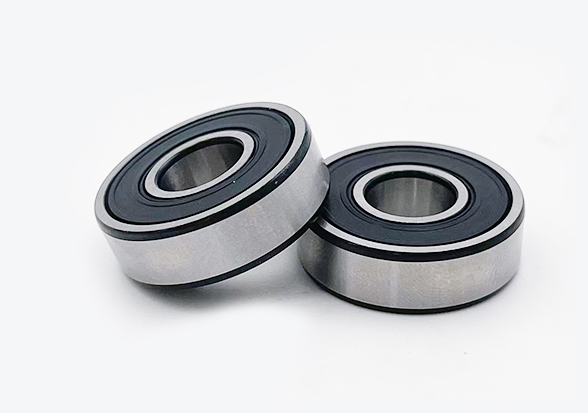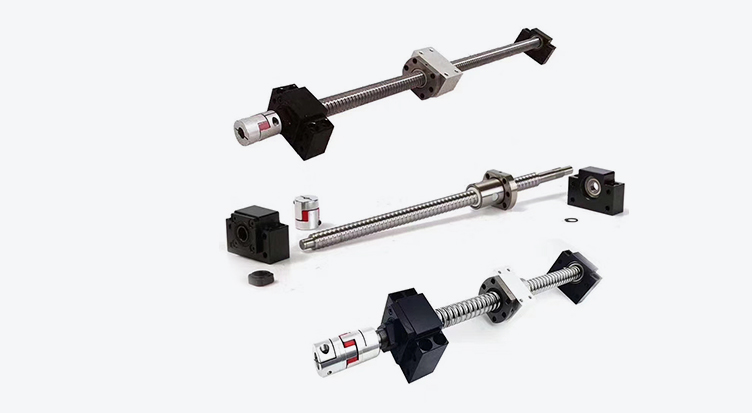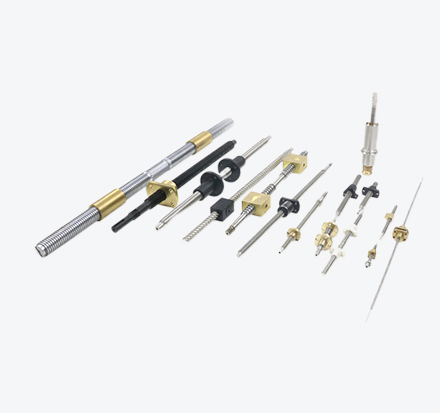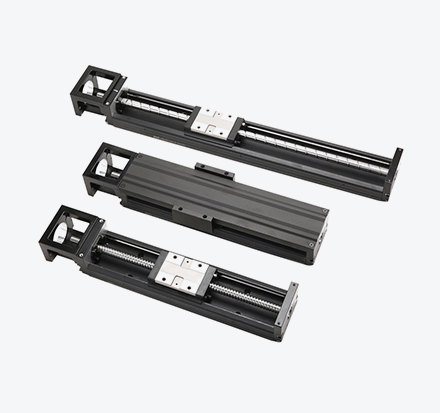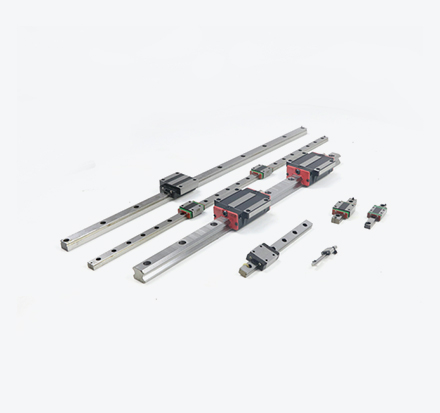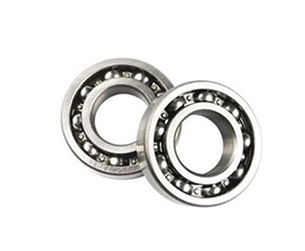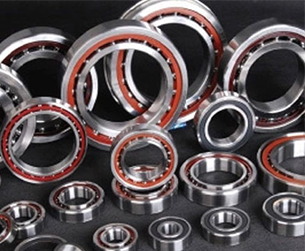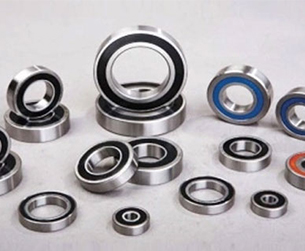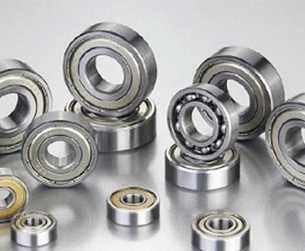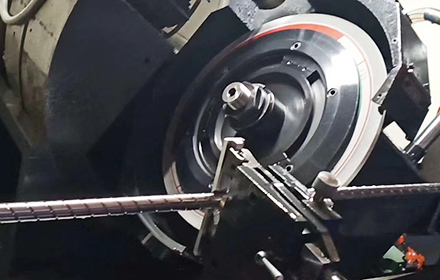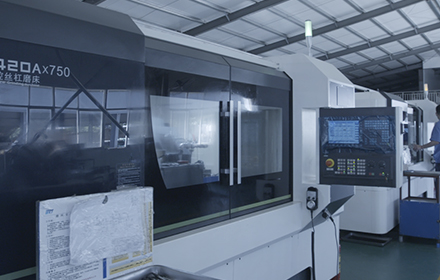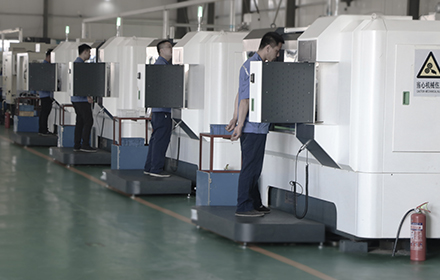Angular contact ball bearings are a crucial component in various mechanical systems, offering the capability to handle both axial and radial loads simultaneously. Their unique design and functionality make them suitable for a wide range of applications, from high-speed machinery to precision equipment. In this article,VXO Angular Contact Ball Bearing supplier will explore five types of angular contact ball bearings, including High-Speed Angular Contact Bearing, Double Row Angular Contact Ball Bearing, Four-Point Contact Ball Bearings, Single Row Angular Contact Ball Bearing, and the Selection Criteria of Angular Contact Ball Bearings.
High-Speed Angular Contact Bearing
High-speed angular contact bearing is specifically engineered to withstand high rotational speeds and offer reliable performance in demanding applications. These bearings are designed with a narrower contact angle, reducing friction and heat generation, allowing them to handle rapid rotations efficiently. The combination of optimized design, precision manufacturing, and premium materials ensures minimal vibration and noise during operation.
High-Speed Angular Contact Bearing Features and Functions
Low friction and reduced heat generation, ideal for high-speed applications.
Enhanced precision and accuracy for precision machinery and equipment.
Typically designed with ceramic or hybrid materials for improved heat dissipation and durability.
Suitable for high-performance machine tools, spindles, and high-speed electric motors.
Double Row Angular Contact Ball Bearing
Double row angular contact ball bearings consist of two rows of balls and raceways, allowing them to carry higher radial loads compared to their single-row counterparts. Double angular contact bearing offers increased rigidity and improved load distribution, making them suitable for applications with combined axial and radial loads. They are commonly used in heavy-duty machinery and equipment.
Double Row Angular Contact Ball Bearing Features and Functions
Higher load-carrying capacity due to two rows of balls and raceways.
Improved rigidity and stability, minimizing deflection under heavy loads.
Suitable for applications where axial and radial loads are present, such as conveyor systems and material handling equipment.
Available in various configurations, including open and sealed designs.
Four-Point Contact Ball Bearings
Four-point contact ball bearings are designed with a unique geometry that provides exceptional axial and radial load-carrying capacity. They feature two sets of raceways, enabling them to handle axial loads in both directions and radial loads simultaneously. 4 point contact ball bearing is highly versatile and often used in precision rotary tables, slewing rings, and robotics.
Four-Point Contact Ball Bearings Features and Functions
Capable of handling combined axial and radial loads with ease.
Four points of contact distribute the load evenly, ensuring enhanced load-carrying capacity.
Suitable for applications requiring precise rotation and smooth motion, such as CNC machines and robotic arms.
Available in various configurations, including single row and double row designs.
Single Row Angular Contact Ball Bearing
Single row angular contact ball bearings are the most common type of angular contact bearings. They consist of a single row of balls and raceways, providing excellent axial and radial load-carrying capacity. Single row angular contact bearing is widely used in various industries, including automotive, aerospace, and industrial equipment.
Single Row Angular Contact Ball Bearing Features and Functions
Versatile design suitable for a wide range of applications.
Available in various contact angles, allowing for customization based on load requirements.
Ideal for applications with moderate to heavy axial and radial loads, such as pumps, electric motors, and gearboxes.
Cost-effective and widely available in the market.
Selection Criteria of Angular Contact Ball Bearings
Selecting the right type of angular contact ball bearing is crucial to ensure optimal performance and reliability in any given application. Several factors should be considered during the selection process:
Load Requirements: Assess the type and magnitude of axial and radial loads expected in the application. Choose the bearing with the appropriate load-carrying capacity to handle these loads effectively.
Contact Angle: The contact angle determines the distribution of loads between axial and radial directions. Select the contact angle based on the expected load direction and the required level of precision.
Speed Requirements: Consider the rotational speed of the application and choose bearings specifically designed for high-speed or low-speed operation, as per the application's demands.
Environmental Conditions: Evaluate the operating environment, including temperature, humidity, and potential contaminants, to select bearings with suitable sealing and lubrication options.
Mounting and Preload: Proper bearing mounting and preload adjustment are crucial for achieving the desired performance. Choose bearings with appropriate preload settings based on the application's requirements.
Material and Lubrication: Consider the bearing material and lubrication type to ensure longevity and efficiency under specific operating conditions.
Angular contact ball bearings are an essential component in modern engineering, catering to a wide range of applications across various industries. VXO linear bearing manufacturer understanding the different types of angular contact ball bearings and their specific features and functions enables engineers and manufacturers to make informed decisions while selecting the most suitable bearings for their applications. Whether it's a high-speed machine tool or a precision robotic system, the right choice of angular contact ball bearings can significantly impact performance, efficiency, and overall system reliability.
 English
English
